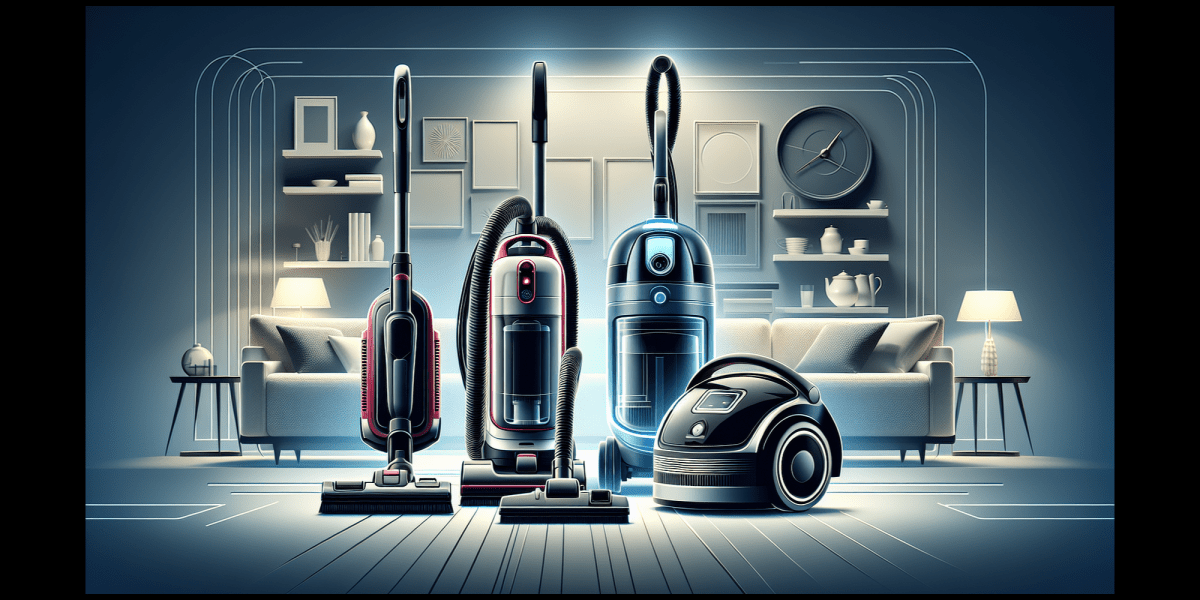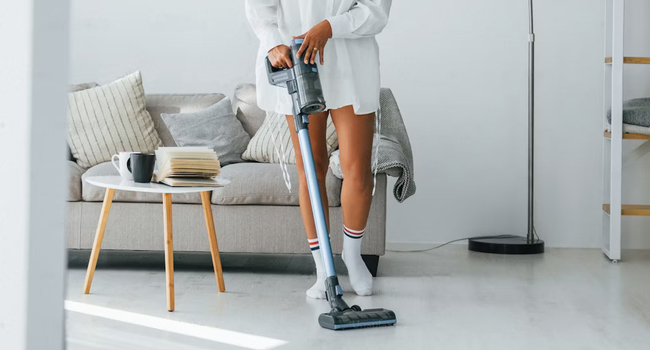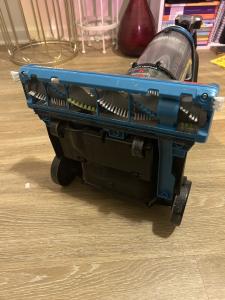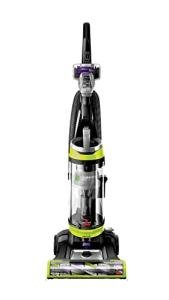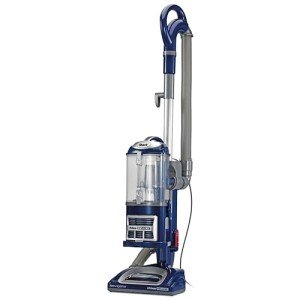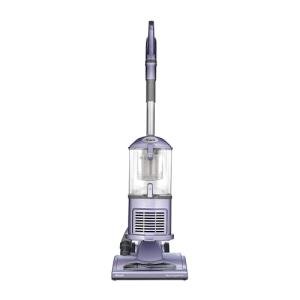If you are looking for a new vacuum cleaner, you might be wondering what are the main types of vacuum cleaners and how they differ from each other. In this blog post, we will explain the characteristics, benefits and drawbacks of the most common types of vacuum cleaners, and help you choose the best one for your needs.
Upright Vacuum Cleaners
 Upright vacuum cleaners are the most popular type of vacuum cleaners in the US. They are large and have a roller brush that agitates and lifts dirt and debris from deep within carpets. They also have a hose attachment that can be used for cleaning stairs, sofas, bookshelves, and tight corners. Upright vacuums are easy to store in a closet or corner, and they have powerful suction and filtration. Some upright vacuums have bags that seal the dust and allergens inside, while others are bagless and have a dust bin that can be emptied. Upright vacuums are ideal for homes with wall-to-wall carpeting, but they can also work well on bare floors with the right settings and attachments.
Upright vacuum cleaners are the most popular type of vacuum cleaners in the US. They are large and have a roller brush that agitates and lifts dirt and debris from deep within carpets. They also have a hose attachment that can be used for cleaning stairs, sofas, bookshelves, and tight corners. Upright vacuums are easy to store in a closet or corner, and they have powerful suction and filtration. Some upright vacuums have bags that seal the dust and allergens inside, while others are bagless and have a dust bin that can be emptied. Upright vacuums are ideal for homes with wall-to-wall carpeting, but they can also work well on bare floors with the right settings and attachments.
Pros:
- Powerful suction and deep cleaning
- Bagged models are great for allergy sufferers
- Easy to store and maneuver
Cons:
- Heavy and noisy
- No automatic cord rewind
- May not work well on delicate hardwood floors
Canister Vacuum Cleaners
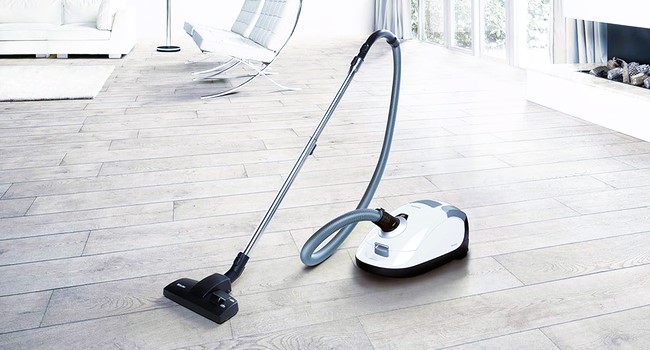 Canister vacuum cleaners have a two-part design: a canister that contains the motor, filter, and dust bin or bag, and a wand that has a hose and a cleaning head. Canister vacuums are more versatile and maneuverable than upright vacuums, as they can reach under furniture, around corners, and on stairs. They also have multiple attachments for different surfaces and tasks, such as a motorized brush for carpets, a soft parquet brush for hardwood floors, a crevice tool for narrow spaces, and a upholstery tool for fabrics. Canister vacuums are usually quieter than upright vacuums, and they have excellent filtration and suction. However, they are also bulkier and harder to store than upright vacuums, and they require more assembly and switching of attachments.
Canister vacuum cleaners have a two-part design: a canister that contains the motor, filter, and dust bin or bag, and a wand that has a hose and a cleaning head. Canister vacuums are more versatile and maneuverable than upright vacuums, as they can reach under furniture, around corners, and on stairs. They also have multiple attachments for different surfaces and tasks, such as a motorized brush for carpets, a soft parquet brush for hardwood floors, a crevice tool for narrow spaces, and a upholstery tool for fabrics. Canister vacuums are usually quieter than upright vacuums, and they have excellent filtration and suction. However, they are also bulkier and harder to store than upright vacuums, and they require more assembly and switching of attachments.
Pros:
- Versatile and maneuverable
- Multiple attachments for different surfaces
- Quiet and efficient
Cons:
- Bulky and hard to store
- Require more assembly and switching
- May not have enough agitation for thick carpets
Stick Vacuum Cleaners
Stick vacuum cleaners (also known as broom vacs) are compact and lightweight versions of upright vacuums. They have a slim design and a cordless operation that makes them easy to handle and store. They are great for quick cleaning of small messes, such as crumbs, dust, or pet hair. They can also be converted into handheld vacuums for cleaning furniture, car interiors, or other hard-to-reach areas. Stick vacuums are convenient and portable, but they also have some limitations. They have less suction power and battery life than upright or canister vacuums, and they have smaller dust bins that need to be emptied more often. They also lack the filtration and deep cleaning capabilities of full-sized vacuums. Stick vacuums are best suited for homes with bare floors or low-pile carpets, or as a secondary vacuum for touch-ups.
Pros:
- Compact and lightweight
- Cordless and portable
- Convertible to handheld
Cons:
- Less suction power and battery life
- Smaller dust bin capacity
- Lack filtration and deep cleaning
Robotic Vacuum Cleaners
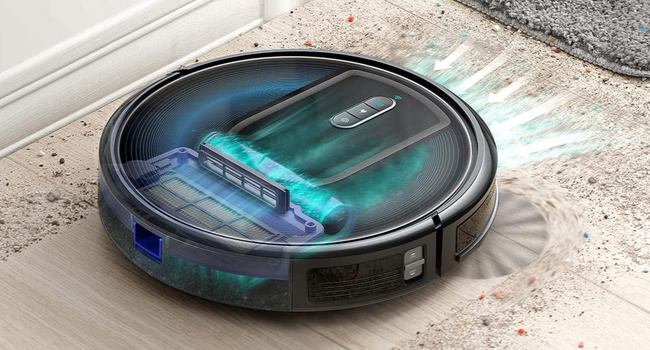 Robotic vacuum cleaners are autonomous devices that can clean your floors without your supervision. They use sensors, cameras, or lasers to navigate your home and avoid obstacles. They can be programmed to run on a schedule or controlled remotely via an app or voice assistant. Robotic vacuums are ideal for busy people who want to keep their floors tidy in between manual vacuuming sessions. They can also reach under furniture and along edges where dirt tends to accumulate. However, robotic vacuums are not very good at deep cleaning or handling thick carpets or rugs. They also have small dust bins that need to be emptied frequently, and they may get stuck or miss some spots. Robotic vacuums are more of a supplement than a replacement for traditional vacuums.
Robotic vacuum cleaners are autonomous devices that can clean your floors without your supervision. They use sensors, cameras, or lasers to navigate your home and avoid obstacles. They can be programmed to run on a schedule or controlled remotely via an app or voice assistant. Robotic vacuums are ideal for busy people who want to keep their floors tidy in between manual vacuuming sessions. They can also reach under furniture and along edges where dirt tends to accumulate. However, robotic vacuums are not very good at deep cleaning or handling thick carpets or rugs. They also have small dust bins that need to be emptied frequently, and they may get stuck or miss some spots. Robotic vacuums are more of a supplement than a replacement for traditional vacuums.
Pros:
- Autonomous and convenient
- Reach under furniture and along edges
- Programmable and controllable
Cons:
- Not very good at deep cleaning
- Smaller dust bin capacity
- May get stuck or miss some spots
Shop Vacuums
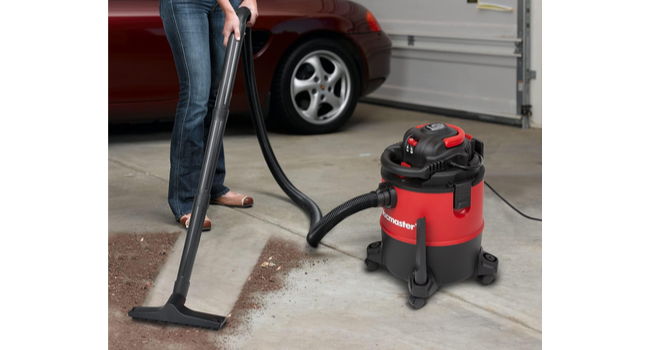 Shop vacuums are heavy-duty wet/dry vacuums that can handle both wet and dry spills around the house as well as heavier indoor and outdoor debris. Shop vacs have large capacities (measured in gallons) and high horsepower (hp) ratings that indicate their performance. Shop vacs are available in a wide range of types and sizes, from portable and handheld units to large professional vacs. Shop vacs are ideal for cleaning workshops, garages, basements, or any place where you need extra power and versatility. They can also be used as blowers or inflators with the right attachments. Shop vacs are usually corded and have a hose and a nozzle or a wand for cleaning. Some shop vacs have bags or filters that can be replaced, while others are bagless and have a drain plug for emptying liquids.
Shop vacuums are heavy-duty wet/dry vacuums that can handle both wet and dry spills around the house as well as heavier indoor and outdoor debris. Shop vacs have large capacities (measured in gallons) and high horsepower (hp) ratings that indicate their performance. Shop vacs are available in a wide range of types and sizes, from portable and handheld units to large professional vacs. Shop vacs are ideal for cleaning workshops, garages, basements, or any place where you need extra power and versatility. They can also be used as blowers or inflators with the right attachments. Shop vacs are usually corded and have a hose and a nozzle or a wand for cleaning. Some shop vacs have bags or filters that can be replaced, while others are bagless and have a drain plug for emptying liquids.
Pros:
- Heavy-duty and versatile
- Can handle wet and dry spills
- Can be used as blowers or inflators
Cons:
- Corded and bulky
- Noisy and messy
- May not have enough attachments
Conclusion
These are the main types of vacuum cleaners that you can find on the market today. Each type has its own advantages and disadvantages depending on your cleaning needs, preferences, budget, and lifestyle. To choose the best vacuum cleaner for you, consider the following factors:
- The size of your home or apartment
- The type of flooring you have
- The amount of dirt and debris you need to clean
- The presence of pets or allergies
- The level of convenience and versatility you want
We hope this blog post has helped you understand the different types of vacuum cleaners and how they work. If you have any questions or comments, feel free to leave them below. Happy vacuuming!
